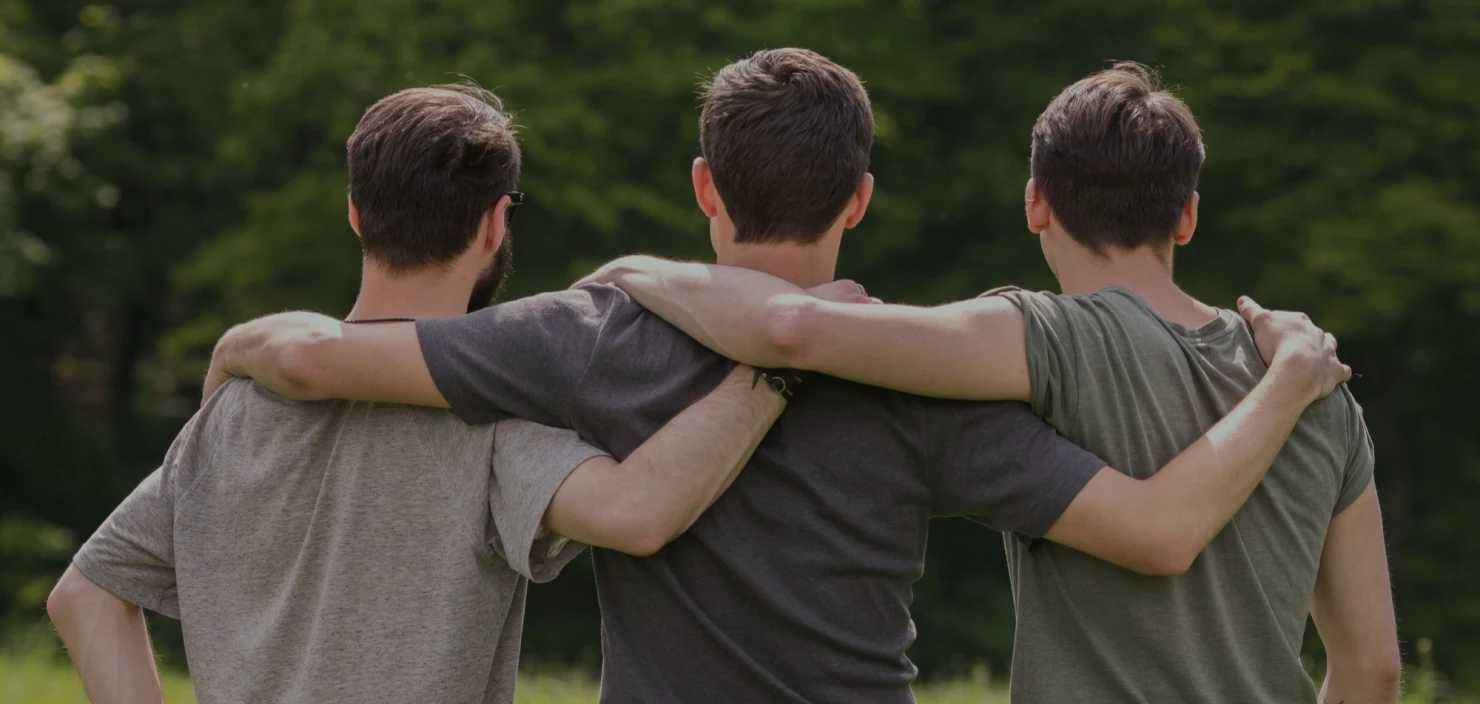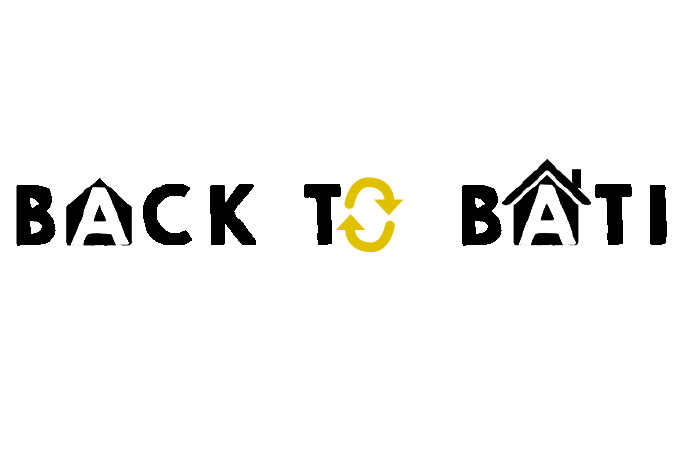
For example, say you’re committed to living a healthy life, but you slack off and sub your usual 45-minute workout for a Netflix binge and a pint of ice cream. When the dissonance sets in, you may feel conflicted, guilty, and like you’ve failed on your healthy-living goals. Have you experienced unease when walking by someone who is homeless and not opening up your wallet — even though you feel like they do deserve help? Have you regretted cheating on a partner — even though you always swore you’d never do that?

Insights from Cognitive Science on Mathematical Learning*
This definition of meat-animal dissociation shares similarities with, and is facilitated by, other constructs and processes. Bastian and Loughnan (2017) convincingly argued that people rarely consciously reflect on the moral implications of eating meat because societal mechanisms keep people’s cognitive dissonance in place. People often partake in rituals and traditions without reflecting on their rationale or consequences.
Action–motivation model

Or maybe you’ve felt a bit unsure why you find yourself supporting a conservative politician even though you’re strongly pro-choice. When people are first recruited they are often flattered or “love-bombed” and made to feel loved and special. But cult “love” is conditional upon being a good cult member and is quickly withdrawn if the member https://ecosoberhouse.com/ makes “trouble” by asking difficult questions. Members are told that they should always be grateful and happy, as they are part of the “chosen” people who know the “Truth”, and have the key to salvation, whether in this world or the next. Members often sing songs about the leader, the doctrine or the group to maintain a “happy” atmosphere.
Harmonizing with reinforced beliefs

That slight feeling of discomfort we perceive when noticing this mismatch is called cognitive dissonance. The dissonance between two contradictory ideas, or between an idea and a behavior, creates discomfort. Festinger argued that cognitive dissonance is more intense when a person holds many dissonant views and those views are important to them. Cognitive dissonance occurs when a person holds two related but contradictory cognitions, or thoughts.
Strong (1968) argued that when a therapist provides opinions that are discrepant from the client’s, the client experiences dissonance. The client may reduce this dissonance by derogating and discrediting the therapist. When the therapist is perceived as an expert, this reduces the client’s ability to discredit the advice given and enhances the likelihood of attitude change in direction of the therapist’s message. We feel obligated to live up to prior commitments in order to preserve that feeling of consistency in our own behavior.
- Psychologist Leon Festinger first described the theory of cognitive dissonance in 1957.
- If these don’t align, we might consider justifying our relationship or breaking up.
- By bringing attention to the inconsistencies in our minds, cognitive dissonance may present an opportunity for growth.
- Once we have made a small concession to a cause or have conditionally agreed with some form of behavior, we may feel compelled to comply with future, more extreme, demands that are consistent with this previous action.
- Members are also taught emotion-stopping techniques — especially to block feelings of homesickness, frustration towards leadership, illness, distress, and doubts.
- Introduced by Leon Festinger in 1957—and since that time debated, refined, and debated again by psychologists—cognitive dissonance is defined as the aversive state of arousal that occurs when a person holds two or more cognitions that are inconsistent with each other.
- The degree to which your target audience experiences cognitive dissonance depends on several factors.
- In this article, we delve deep into the theory of cognitive dissonance, revealing how it relates to decision-making, dealing with discomfort, and empowering businesses to craft compelling strategies.
More generally, persuasive arguments theory (Burnstein) describes how groups polarize shared opinions, compared to individuals, when they receive novel supporting information. Moreover, minority influence (Moscovici) within groups operates partly through minorities’ conviction provoking majorities to systematically process their arguments. To be independent cognitive dissonance and addiction thinkers, we need information from reputable sources, and the right to choose those sources for ourselves. Mind control groups systematically indoctrinate members to distrust critics, former members, and all and any negative media reports. Some groups tell members to avoid newspapers, books, articles, TV, radio and any academic, science-based information.
- The discomfort or tension you experience as a result of that contradiction is called cognitive dissonance.
- Rationalizing, by convincing ourselves that we were not so hungry after all, reduces the inconsistency and thereby reduces the unpleasant state of dissonance.
- It’s like the person who drives more slowly when a police officer is nearby but ignores speed limits once officers are no longer present.
- The model clearly demonstrates the predator-prey relationship, and fleshes out the key elements that can help judges and juries to better understand the dynamics of an influence relationship.
- Common methods to (re)achieve consistency between one’s attitudes and/or behavior include changing or justifying one or both of them, adding new parts to the cognition, or entirely distorting one’s perception and information about the world (Festinger, 1962).
- There have been other applications of dissonance to the practice of psychotherapy.
